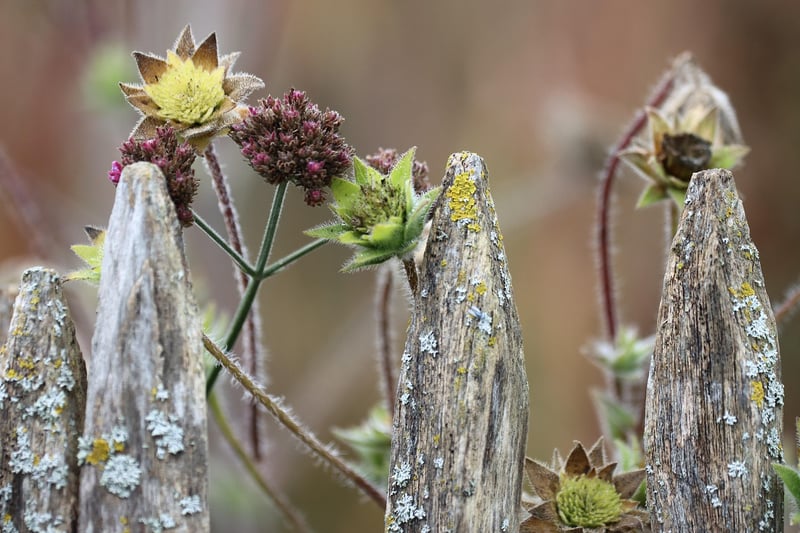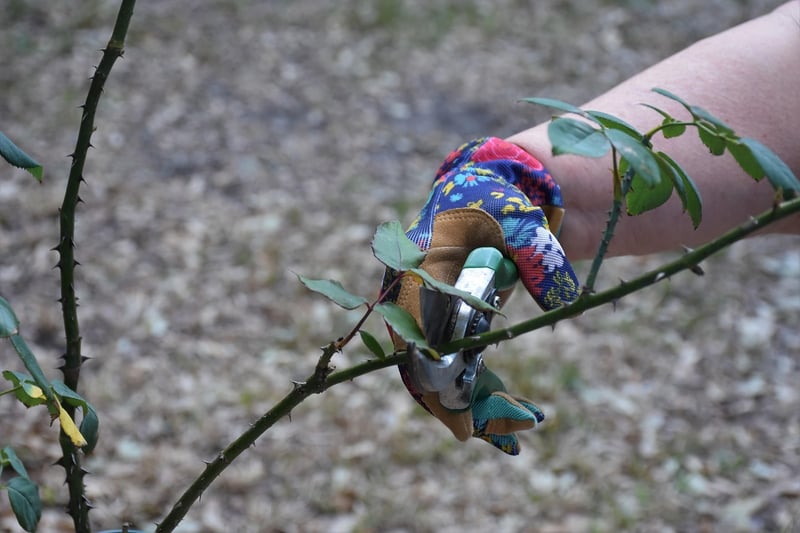Pruning and trimming
Keeping Your Vertical Garden Healthy: Pruning and Trimming Tips
Vertical gardens are a beautiful way to bring greenery into small spaces, but they require proper care to stay healthy and vibrant. One essential aspect of vertical garden maintenance is pruning and trimming. By regularly pruning your vertical garden, you can promote growth, prevent disease, and maintain an attractive appearance. Here are some tips to help you keep your vertical garden in top condition:
1. Know When to Prune
Pruning should be done regularly to remove dead or yellowing leaves, encourage new growth, and shape your plants. It's best to prune when the plants are actively growing, typically in the spring and summer months. Avoid pruning in the fall and winter when plant growth slows down.
2. Use the Right Tools
Invest in a good pair of pruning shears or scissors to make clean cuts without damaging the plants. Make sure your tools are sharp to avoid tearing the plant tissue. Disinfect your tools before and after pruning to prevent the spread of disease.
3. Remove Dead or Yellowing Leaves
Dead or yellowing leaves not only detract from the appearance of your vertical garden but can also attract pests and disease. Remove these leaves as soon as you notice them to keep your plants healthy and thriving.
4. Shape Your Plants
Pruning allows you to shape your plants and control their growth. Trim back overgrown branches to maintain a neat appearance and prevent overcrowding. Encourage bushier growth by pruning the tips of stems.
5. Monitor Plant Health
Regularly inspect your vertical garden for signs of pests, disease, or nutrient deficiencies. Pruning can help improve air circulation and reduce the risk of problems, but early detection is key to addressing issues before they become severe.
6. Consider Light Requirements
Some plants may require more sunlight than others. If you notice that certain plants are not thriving in your vertical garden, consider relocating them to a spot with better light conditions. Pruning can also help improve light penetration to lower parts of the garden.
7. Train Vines and Climbers
If you have vines or climbers in your vertical garden, train them to grow in the desired direction by pruning and guiding their growth. This will help create a more structured and visually appealing display.

By following these pruning and trimming tips, you can ensure that your vertical garden remains healthy, lush, and eye-catching. With proper care and attention, your vertical garden will continue to thrive and bring beauty to your living space.
Remember, each plant species may have specific requirements, so always research the best pruning practices for the plants in your vertical garden.
